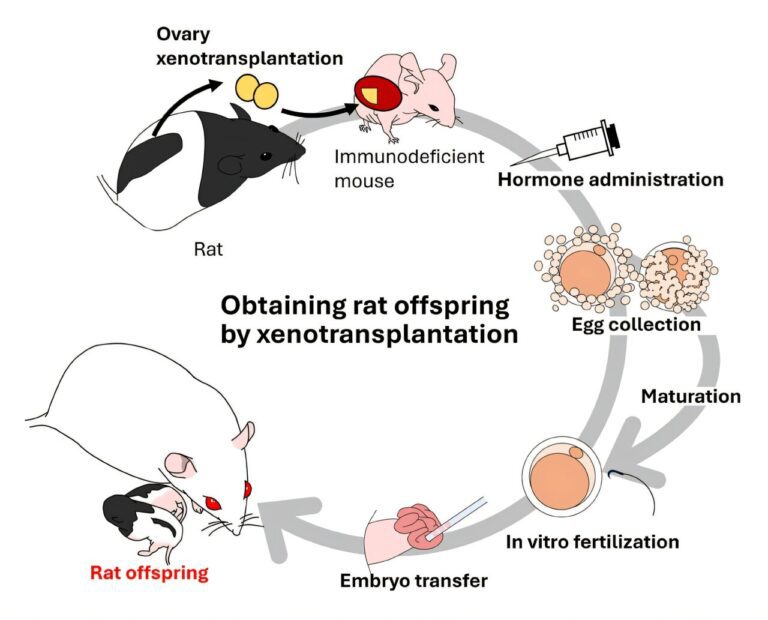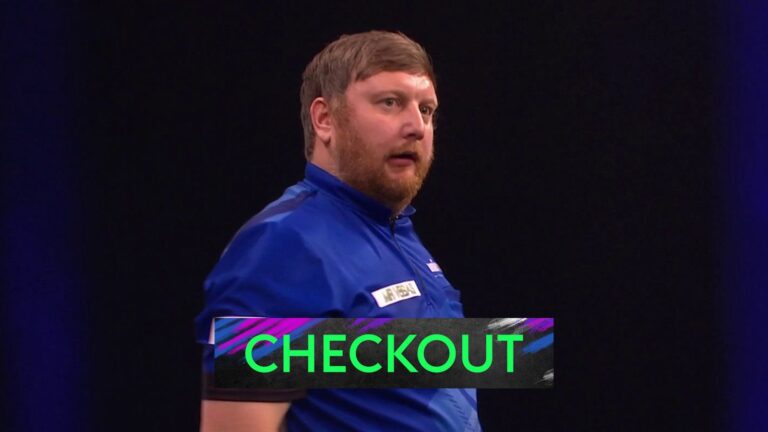
California is moving ahead with its plan to produce state-sponsored insulin, but its goal of offering cheaper medicine than brand-name companies may be much harder to achieve now that those major drug makers have decided to significantly drop sticker prices on some products.
So while some experts welcomed the news last weekend that the state had awarded a $50 million contract to Civica, a nonprofit organization, to manufacture low-cost insulin, others wondered if the initiative remained viable given the changing marketplace. Civica’s planned products would still need federal approval, which means it could take at least two years before they become available for sale.
For years, the high costs associated with insulin for people with diabetes have forced some to ration their medicines, jeopardizing their health.
For the estimated eight million Americans with diabetes who need insulin, including about one million Californians, the average price has more than quadrupled in 20 years. There have been wild variations in pricing, however, with Eli Lilly raising the sticker price of its most popular product, Humalog, more than tenfold.
Many people with private health insurance pay nothing or no more than a $20 to $35 co-payment for a monthly insulin supply. And since January, the Inflation Reduction Act has imposed a $35 price cap for the nearly four million insulin users with Medicare Part D.
But those with high-deductible health plans or the uninsured — an estimated 12 percent and 7 percent, respectively, of California’s insulin users — often face much higher costs, costing them hundreds of dollars per month.
“This is a space where seemingly everybody seems to be making a quick buck,” Gov. Gavin Newsom said at a Saturday news conference announcing the new pharmaceutical contract in Downey, Calif., before a backdrop of insulin-stocked refrigerators. “Time for disruption.”
Mr. Newsom, who was on a four-day state tour to promote his policies, also announced plans for California to develop its own naloxone, which reverses opioid overdose.
The insulin contract is the outcome of the state Legislature’s appropriation last year of $100 million for the program, called the CalRx Biosimilar Insulin Initiative. (Competitor versions of so-called biologic treatments like insulin are known as biosimilars.) Under the 10-year deal, Civica said it planned to develop and produce these products at a new plant in Petersburg, Va., and would begin filing applications for approval of the biosimilar products with the Food and Drug Administration next year. Half of the $100 million budget would go toward establishing a California plant for further production.
The biosimilar versions are expected to be comparable to Eli Lilly’s Humalog, Novo Nordisk’s NovoLog and Sanofi’s Lantus. These three companies control about 90 percent of the insulin market.
Eli Lilly, Sanofi and Novo Nordisk have announced sticker-price cuts, mostly in the 70 percent range, and some caps on out-of-pocket costs for certain insulin products. The lower prices should begin late this year into next year, depending on the company.
President Biden and Democratic lawmakers have taken credit for the drug makers’ moves, but the companies had fewer financial incentives to keep prices high on their older insulin products, and they now rely more on newer drugs for diabetes and obesity. The drug makers also were facing penalties that would have forced them to pay Medicaid back for raising their prices faster than inflation.
Civica was founded in 2018 by a collective of health systems seeking to mitigate chronic drug shortages. Ned McCoy, chief executive of Civica, said the company announced its pricing a year ago “with the goal of forcing the market to respond.”
While many academic experts in insulin pricing expressed optimism about California’s move, some remained skeptical that its plans and others in early stages in Maine, Michigan and Washington could live up to their hype.
Andrew Mulcahy, a senior policy researcher at the RAND Corporation whose 2020 study found the average U.S. list price for insulin was 10 times that of other nations, was measured in his assessment.
“It’s one important change in a time where there’s a lot in flux for insulin,” he said. “There’s potential for savings for Californians and others. But it’s not clear this is going to fundamentally change the market. It already has in some ways. There are already these cheaper alternatives that are cropping up in the market.”
He noted that Walmart sells a store-brand version of NovoLog, called ReliOn, for about $73 per vial. And the list price for a vial of NovoLog, a widely used product, will drop to $72, from $289, according to Novo Nordisk’s plan.
CalRx will set recommended maximum retail prices of $30 for a 10-milliliter insulin vial and $55 for a set of five prefilled 3-milliliter pens. California residents will be given priority for the supply.
Whether Civica’s insulin will be that much cheaper than the big-brand names once the new price cuts are imposed is open for debate, especially as Civica’s products won’t be available anytime soon.
Before the new cuts were announced, a JAMA editorial suggested that a successful launch could provide a potent model for state-driven disruption of the pharmaceutical industry.
“The best-case scenario is that the CalRx plan provides some sunshine on a path forward to state interventions in curbing drug prices,” Jacob S. Sherkow, a professor of law and medicine at the University of Illinois Urbana-Champaign and the editorial’s lead author, said.
“A lot of previous attempts in that area have just failed completely, either by dint of economics or through legal challenges,” Mr. Sherkow continued. “This is one way that states can get back in the business of providing public goods.”
Several states’ attorneys general, including California’s, recently filed suit against the three big insulin drug makers over high prices, and also against pharmacy benefit managers — companies that negotiate discounts off sticker prices on behalf of insurers, pocketing some of the difference.
California’s generic drug plan would prohibit pharmacy benefit managers from profiting off rebates, undermining what critics charge is a relationship between the companies and the drug makers that is imbued with a perverse incentive to inflate sticker prices.
Reid Porter, a representative for PhRMA, the major trade group for drug companies, joined a Sanofi representative in pointing the finger at pharmacy benefit managers for, they said, not passing savings on to the consumer.
Mr. Newsom, Mr. Porter said, “wants to score political points and villainize the industry responsible for making California a global leader in developing lifesaving treatments and cures and infusing more than $200 billion into the economy and supporting nearly 700,000 jobs.”
Reached for comment on the California program, representatives for Eli Lilly and Novo Nordisk highlighted their plans to lower some of their insulin prices.
On Saturday, Mr. Newsom said, “I think it would be spectacular if all these other companies fell even further in their price considerations and dropped well below” the state’s price points. He expressed confidence that Civica could “dynamically address” such underselling.
Still, the recent changes will mean many Californians with diabetes will most likely be able to spend less on their insulin next year.
Once the three pharmaceutical companies’ new discounts are in place, annual out-of-pocket costs for people who are uninsured or have high-deductible plans and who use the three products that the California program seeks to replicate would range from $420 to $1,200, according to Dr. Mariana Socal, an associate scientist at the Johns Hopkins Bloomberg School of Public Health.
The state program is expected to charge those individuals $200 to $375 a year for its versions of these products. Annual costs for well-insured people would drop from about $350 to $550 currently down to $140 to $250 because of the program.
Baylee Bakkila, a Yale University medical student, led a study published in Health Affairs in July finding that 14 percent of insulin users spent more than 40 percent of their disposable income on the drug.
Ms. Bakkila has reservations about the California program, noting that the prices are set by the insulin vial or set of pens, not a set monthly fee. She pointed to the Medicare price cap; Eli Lilly’s similar $35 cap for a monthly insulin supply, which is typically two to three vials; and Sanofi’s plan for a comparable cap.
“CalRx will provide benefits to patients spending exorbitantly on insulin,” Ms. Bakkila said of the estimated 190,000 Californians with high-deductible plans or no insurance. “But, by comparison, these programs already in place cut spending even more.”
Niketa Calame-Harris, 42, is an actress, acting teacher and advocate for the American Diabetes Association whose Type 1 diabetes was diagnosed in college. A resident of Los Angeles, she is covered through an Obamacare private health plan, and she pays about $5,000 a year for Humalog insulin. She said she had had to ration her doses at times.
She expected she would save about $3,000 a year under the state plan. But she could save about $3,500 a year once Eli Lilly’s cut goes into effect in the last three months of this year. And possibly more if she is eligible for its $35 cap.
Anticipating the savings, Ms. Harris thought of her 2-year-old daughter and said, “That money could go toward her getting a better education.”
Rebecca Robbins contributed to this article.






